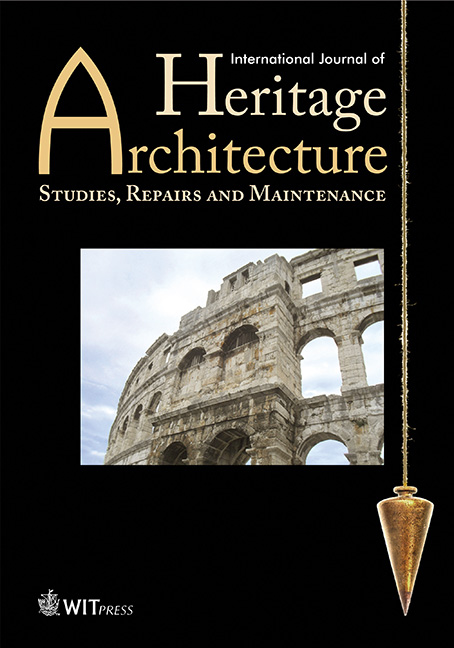Unexpected effects of historic concrete innovations
Price
Free (open access)
Volume
Volume 1 (2017), Issue 4
Pages
14
Page Range
549 - 563
Paper DOI
10.2495/HA-V1-N4-549-563
Copyright
WIT Press
Author(s)
RENE BRUECKNER & PAUL LAMBERT
Abstract
Concrete, as a building material, dates back to at least seven millennia. Its earliest evidence was found on the Balkan Peninsula but since then it has undergone continuous development. It became more widely used since 3000 BC with probably the most famous concrete structure from ancient times being the Pantheon in Rome which was built in 120 AD using pozzolanic concrete. The next significant step in the development of concrete was not before the beginning of the 19th century when Portland cement was first patented.
Portland cement-based concrete has undergone many modifications based on field experience and extensive research to enhance the performance of the resultant concrete, not always successfully. To reduce construction time, calcium chloride has been used as a set accelerator since 1873. This ad- mixture has since contributed to significant damage due to chloride-induced corrosion of embedded reinforcement. Concretes based on other binders also appeared, such as high alumina cement (HAC), but is now banned for structural use in many countries due to a number of high-profile failures. Mortar based on Portland cement has also been used as repair material without considering its incompatibility, for example, with gypsum mortars.
This article will discuss a number of once state-of-the-art building materials that may still be encountered in the renovation of heritage structures, and the methods and precautions required when carrying out their remediation
Keywords
asbestos, building codes, calcium chloride, cement, concrete, corrosion, high alumina, historic innovations.




